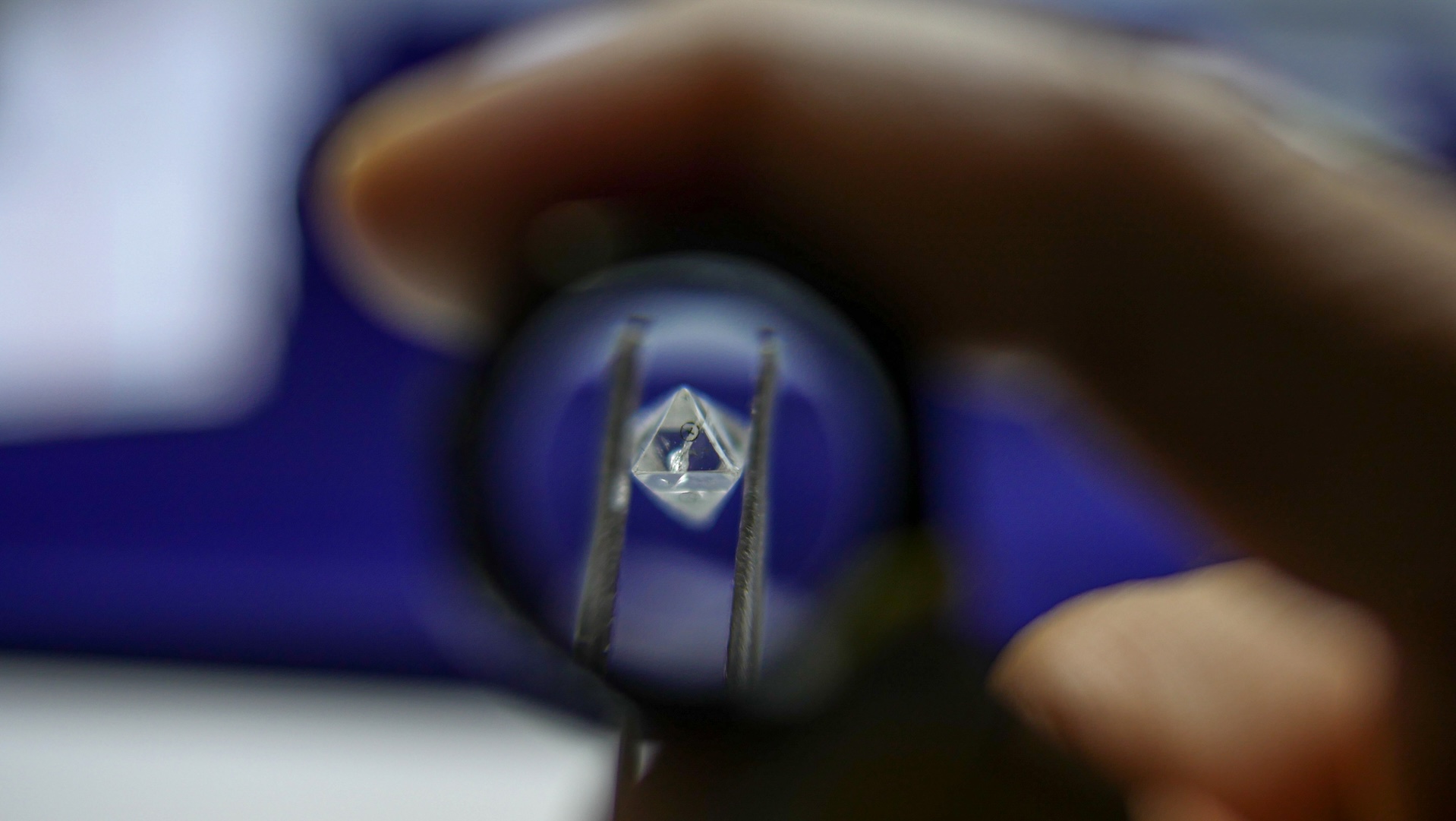Sustainability, Vol. 15, Pages 2167: Coordination Analysis of the Recycling and Remanufacturing Closed-Loop Supply Chain Considering Consumers’ Low Carbon Preference and Government Subsidy
Sustainability doi: 10.3390/su15032167
Authors: Yan Chen Zhuying Wang Yan Liu Zongchao Mou
Guided by the goals of carbon peaking and carbon neutrality, in order to coordinate the recycling and remanufacturing closed-loop supply chain (CLSC), considering the strengthened low-carbon awareness of consumers and the high cost of carbon emission reduction(CER), realizing that the demand of remanufactured product is affected by both market price and manufacturer’s CER effort and that the manufacturer is responsible for CER, this study focuses on the hybrid recycling between the manufacturer and retailer. Based on Stackelberg game theory, it constructs the profit models for various interested parties under centralized and decentralized decision-making models to study consumer low carbon preference coefficient and government CER subsidy coefficient, in order to work out the optimal pricing strategy and the level of manufacturer’s CER effort under two decision models, and designs a cost-and-benefit-sharing contract to coordinate the supply chain. The results show that: (1) total recycling amount and total profit under CLSC are negatively correlated with recycling channel competition coefficient; (2) government CER subsidy and consumers’ low carbon preference help enhance both total profit under CLSC and the zeal of manufacturers for CER; and (3) the parameters of contracts in some circumstances contribute to alleviating the competition between manufacturer and retailer cycling channels and increasing the total recycling amount under CLSC. Meanwhile, the profit for various interested parties and total profit under CLSC, and the level of a manufacturer’s CER effort, can be simultaneously improved. Consequently, the Pareto improvement and sustainable development for the CLSC can be achieved.

 1 year ago
26
1 year ago
26


